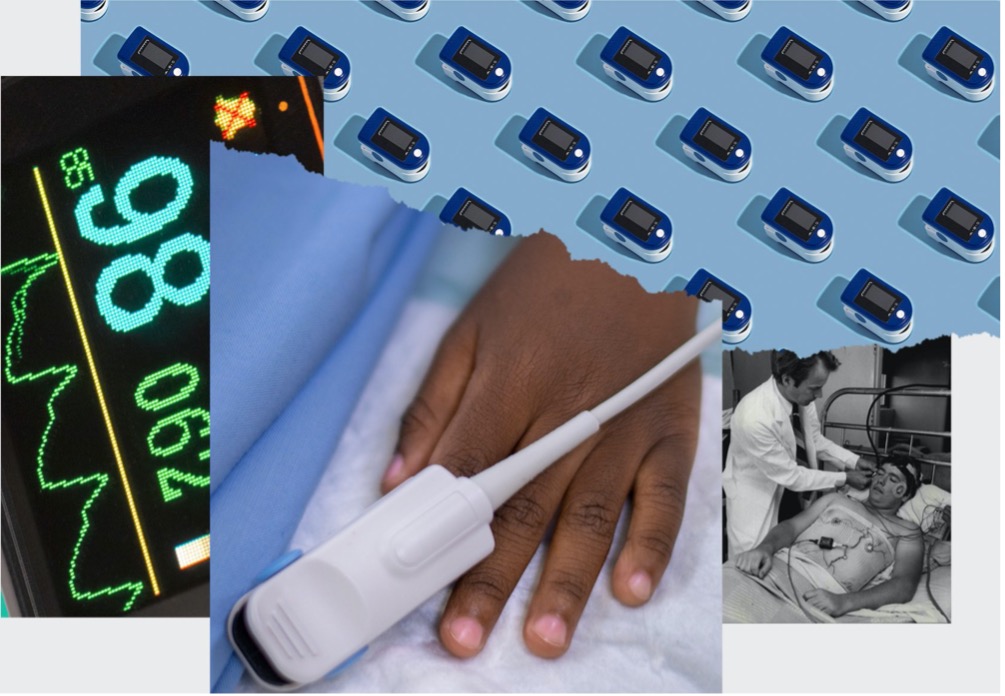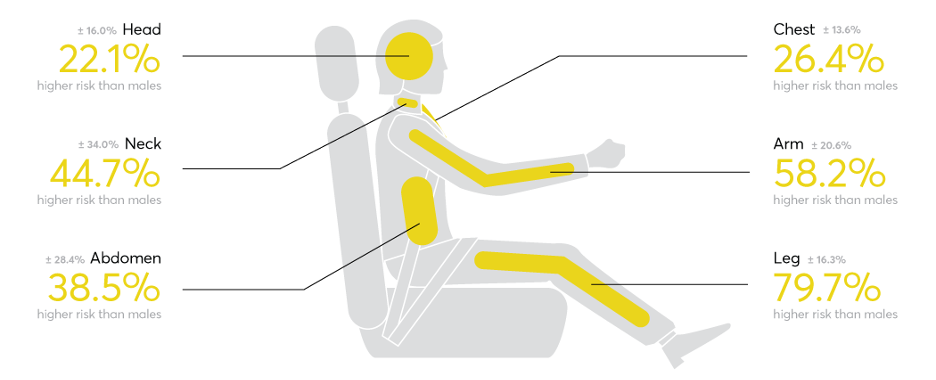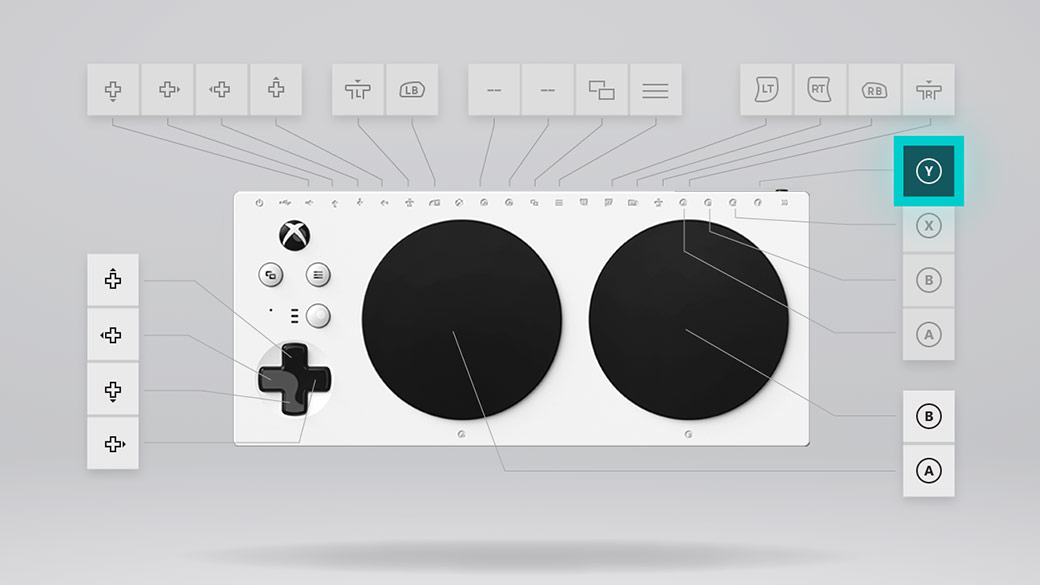DEI Vignettes
Biases and discrimination occurs in engineering fields and may be part of products you purchase. In the following vignettes are provided to showcase some examples in which biases/discrimination existed in the past or currently still exist and some examples for which these biases were specifically addressed and an inclusive product was developed. Use these examples to reflect and appreciate the impact of choices you (implicilty) make as a scientist or engineer.
Artificial Intelligence (AI) systems are being implemented all over the world for computer-aided medical diagnoses and screenings. However, human bias has been shown to be not only inherited but amplified by AI systems. While it is of utmost importance that fair and unbiased classifiers are used to generate the database for these systems, this is not always the case. A 2020 analysis by a team of scientists showed that an AI system used to analyze chest x-rays and diagnose 14 lung and chest diseases worked less well for female patients when trained on largely male scans. Notably, when the same system was trained on a gender-balanced group of x-rays, the system had the best overall results with no significant loss of accuracy for male patients. Something as simple as having a diverse population of samples to train these AI systems can improve people’s health and wellbeing.

Link to study: https://www.pnas.org/content/117/23/12592
Source for image: https://www.mayoclinic.org/tests-procedures/chest-x-rays/multimedia/chest-x-ray/img-20006961
Computer programs are used in many US states to predict the likelihood of someone committing a future crime. The results are shared in court to determine proper sentencing. Unfortunately, these algorithms have been shown to include bias and have shown to flag black defendants as future criminals at a higher rate than white defendants.

Source: https://www.propublica.org/article/machine-bias-risk-assessments-in-criminal-sentencing
Pulse oximeters used today assess oxygen levels in the blood based on optical color-sensing. Racial biases in the calibration process result in reading errors for people with darker skin. Many pulse oximeters therefore do not meet FDA safety thresholds for people of color. Interestingly, oximeters designed to work for every skin color, gender, and disability status did exist in the 1970s. Engineering equitable device design is possible and must be done for every device to ensure safety for all patients.

Recording color on paper using photography constituted a remarkable advance in technology allowing us to better record history. From the onset, though, due to standardization of the reference color tons being optimized for light-skin people, the ability to resolve different colors was biased towards lighter-ton skins over darker-ton skins. Despite knowing this shortcoming, the chemistry and materials science wasn’t investigated and improved upon until industry required better color gradients for darker tons, such as being able to distinguish dark chocolate from milk chocolate. It is important to understand and appreciate consequences of choices when it comes to selecting reference points and ensuring the inevitable tradeoffs do not disproportionally bias the final outcomes towards any group. It is important a product is ultimately inclusive to all.

Video: https://www.youtube.com/watch?v=d16LNHIEJzs
Source: https://www.nytimes.com/2019/04/25/lens/sarah-lewis-racial-bias-photography.html
Article: https://cjc-online.ca/index.php/journal/article/view/2196
Crash test dummies used for safety ratings are designed based on a male of average height and weight even though researchers have shown that male and female bodies perform differently in crashes. Female dummies are only a scaled-down version of male dummies that do not account for biological differences. Since automotive design is directly influenced by safety testing, carmakers are not incentivized to make changes that better protect female occupants. Females are therefore at much higher risk of injury. Equitable testing is necessary to protect all vehicle occupants.

Many modern gaming controllers are designed for precise input with joysticks and buttons. However, for those with limited mobility it can be difficult to properly hold and use these devices. The Xbox Adaptive Controller was designed as both a standalone device and a hub for external inputs such as larger buttons, adjustable sensitivity joysticks, and mouthpiece controllers for quadriplegic users. The controller was created with input from The AbleGamers Foundation and other members of the disability community to be a plug and play solution that makes gaming more accessible. While it is not inexpensive solution, the controller is a great example of inclusive development and design in a market that frequently gets overlooked.

Sources:
